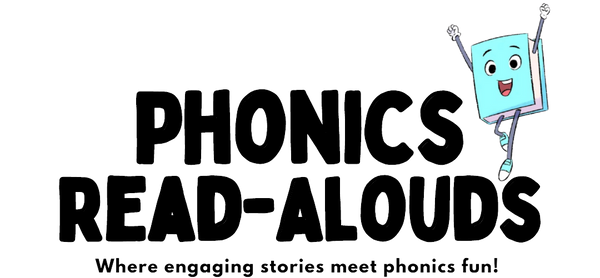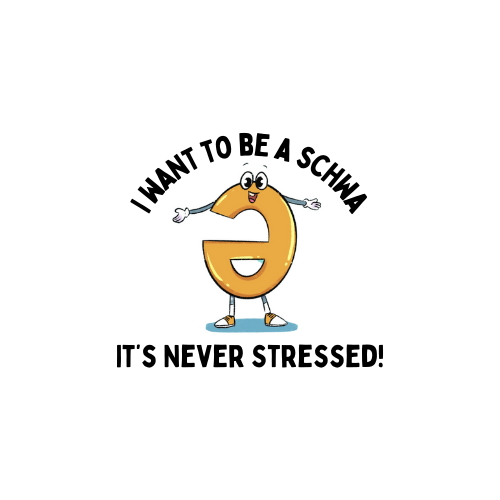Schwa. Not just a random group of letters, or a word our students love to say. We often see it on our Sound Wall right, smack-dab in the middle of Vowel Valley. But why does schwa matter?
Teachers implementing a curriculum based on the Science of Reading or using a Structured Literacy approach in their classroom have more than likely heard of a schwa. If you haven’t, no worries! We are here to learn and grow together.
What Is a Schwa?
A schwa is actually the most common vowel sound in the English language. It’s the sound that we produce when we say words that have an unstressed syllable, to make the words sound more natural and relaxed.
The schwa sound resembles a more relaxed version of /ŭ/ or /ĭ/ in place of any vowel with a word that has more than one syllable.
For example: banana has two schwa sounds that take the place of the sound of short a. Say it out loud: buh-na-nuh. Did you hear it? Don’t worry if you didn’t, we’ve got some more practice for you!
Where Do We Find Schwa?
A schwa appears in an unemphasized syllable of a word, which is said faster and quieter than the emphasized (louder and slower) syllable.
The schwa sound can take the place of any vowel sounds and is in many common words such as: America, pencil, bottom, salad, carrot, dragon, vinyl and more!
Where Did Schwa Come From and Where Is It Found in Words?
The word “schwa” can be traced back to 1895, with German and Hebrew roots, and is defined as a “neutral vowel” or “emptiness”. It is represented by an upside-down e when it’s written in the International Phonetic Alphabet and you can find it in dictionaries in the pronunciation notes.
Why Does Schwa Matter?
When we are teaching schwa to students, we may reinforce short and long vowels, but schwa is just as important. For example, when our students can correctly identify schwa, it’ll lead to:
● Improved pronunciation
● Greater reading comprehension
● More fluent reading
● Better spelling
● More natural-sounding speech
● Enhanced word-level understanding
When Should Students Start Learning About Schwa?
We’d recommend introducing schwa after students have received explicit and systematic instruction in sound-symbol correspondence. Schwa is best understood by students when they have been introduced to multisyllabic words. You can follow up your lessons with the book, "The Not So Lazy Schwa" or even the classroom teaching companion. People across the globe celebrate National Schwa Day on April 7th and it's a fun way to remind us to be unstressed like a schwa!
We want to make sure that students have a solid understanding of vowel sounds before explaining how schwa can take the place of any vowel. We’ve found that students actually enjoy learning about schwa (and saying the word “schwa” is pretty fun too!).


